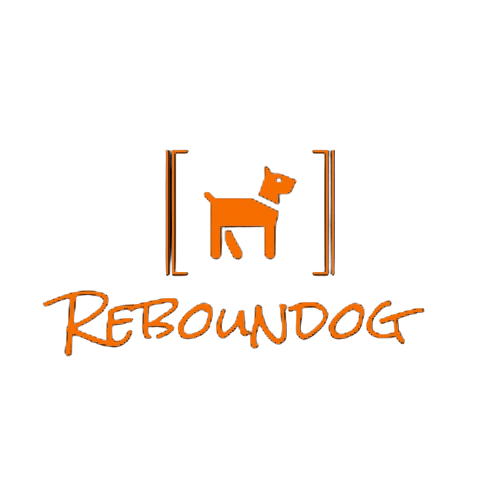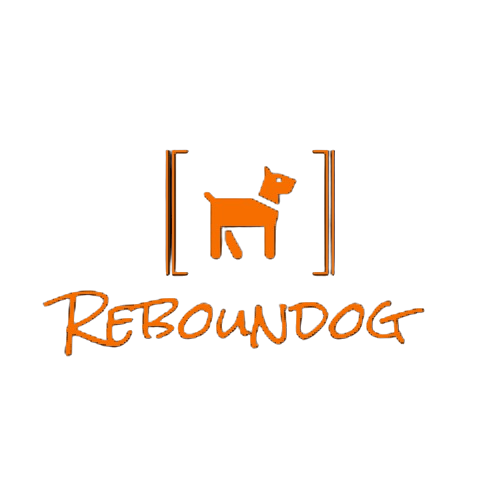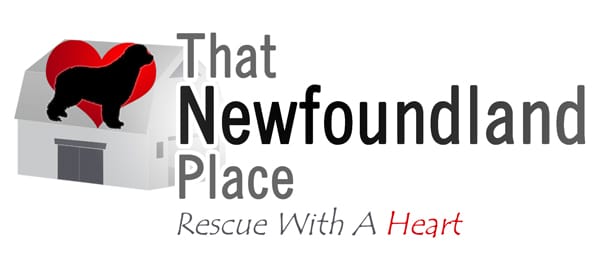And … deliver us from evil.

Ciaran Walsh.
Our Father
‘Our Father’ is a harrowing American Netflix original documentary – released in May 2022 - following former Indianapolis based fertility doctor Donald Cline, who, in a case of fertility fraud, used his own sperm to impregnate dozens of unsuspecting patients. Subsequent investigations and DNA testing proved a further 44 fertility doctors registered in the USA had engaged in similar deception. At the time of the Netflix production doctor Cline’s offspring count had been verified at 94-siblings.
Despite the emotional devastation, immense health and social legacy damage caused by Cline, a chilling reality for wider Society soon came to light; neither the Government and civic agents, nor the laws were prepared for such a set of circumstances, least the aftermath. Witness testimony dates the spate of irregular engagements with Cline’s clinic from the 1970s. Only thirty to forty years later - in 2014 with DNA innovations offered by private tracing companies such as ‘23andMe.com’ and Ancestry.com - did the first pieces of the jigsaw click together.
At investigation stage, Tim Delaney, Former Prosecutor of Marion County, Indianapolis, declared “ … at the end of the day, there is just no crime that touches this particular act. That is our problem.” While doctor Cline was eventually convicted of minor charges of obstruction of Justice, he escaped jail time.
Follow the money.
For anyone working in animal welfare - the notion that governments, civic agents (be it private or charitable organisations) and the laws could be unprepared to cope with legacy and on-going carnage - is not new. In the USA and Europe, the puppy mill industry is now in its eighth decade, a legacy that only needs two pieces of the jigsaw puzzle to reveal the full picture; (i) every third pet dog in the USA is a puppy mill product, and (ii) organised crime-controlled puppy mills in Europe are now the third most profitable criminal enterprise (more profitable than illegal firearms sales, cybercrime, financial fraud, and counterfeit goods).
Along the 40,000-year journey of moving from using wolves to assist stone age man in security and hunting, to on-line purchases of designer dog companion animal, our governments, civic agents, and laws have often been unprepared to cope with rapid changes in consumer demand. Puppy mills however have been masters in serving the demand – all be it at a very high price: The Humane Society estimates two puppy mill operations for each brick-and-mortar rescue shelter, every nine seconds a puppy mill dog is taken into an American home, every 4.7 seconds, a dog is abandoned to a State or Charity facility. As there is no DNA traceability of a dog’s journey after leaving a puppy mill, there is at least a 33% to 50% possibility that any dog adopted from a rescue shelter began life in a puppy mill. Many American welfare commentators are of the view that every second pet dog in the USA is now probably a puppy mill product. A most evil cradling!
In a financial context the picture is a bit clearer, if not a lot more depressing; collectively the four leading American animal welfare charities have an annual donated income of just over $700-million – a sum estimated to be passed by puppy mill sales every month!
Follow the DNA.
While this reality is horrific, there is no point in blaming the puppy mill operators, governments, or lack of appropriate laws. When the DNA of each historical strand of pet dog care is examined, a gallery of lost opportunities provides many a pixel in the picture puzzle. Much of today’s common beliefs on how to solve the problem are contradictory, erroneous or simply got lost and misrepresented in the last few centuries. Of all places to start, demanding better laws on the control of puppy mills is probably the one pursuit guaranteed to give least positive return. More resources to animal charities such as the SPCAs and Non-Governmental Organisations would similarly provide a poor return on investment! However, the SPCA legacy is – without doubt – the best starting point. A starting point which began in the early 1800s following some 20-years of failed attempts to get the first animal protection legislation passed in the English parliament.
Examining the personal histories of early ‘animal rights’ activists, historical literature, and parliamentary Acts (and defeated proposals), a rather different set of jigsaw pieces of the original intention of animal welfare governance and pet dog ownership, begins to click into place. In a significant lost opportunity (examined in a future article) the original intention of the London SPCA founders was to establish a ‘limited liability’ style of regulated responsible ownership for any business engaged in using horses for profit motivations. Basically, an evidenced based governance similar to driving a vehicle on a public road; a proof of driving skills, holding licence, insurance, road worthy vehicle – all to be established BEFORE sitting in the driver’s seat. Thus, the original intention of the SPCA was a mix of preventative legislation coupled with a record-keeping inspectorate.
Unfortunately, events and change in leadership took the SPCA movement to a very different place of having a church or charity operation and business model. Core characteristics of such operations are a dependency on financial donations (rather than a paid membership base), a reliance on voluntary labour, a public sympathy & faith-based motivation to keep the show going (rather than any critical Key Performance Indicator reviews & planning). Most importantly of all, is that over time, such systems inevitably become fossilized as ‘entitled establishment institutions’, and thus hard wired to react AFTER events (abandonment, reported cruelty, help requests, etc). All very different from the original SPCA founders’ intentions. In contrast, puppy mill operators are slick masters at targeting the moment of intention to own a dog and advertise their offerings BEFORE a decision to purchase has been made.
In a series of articles to be published every Monday (commencing on the 29th of August), the various jigsaw pieces will be presented to raise questions about the pet dog industry:
Every third American dog is a puppy mill product - how on earth did we get here?
Are animal charities and puppy mills co-dependent?
What are the costs of a system with two puppy mills for every one rescue shelter?
Why do pet insurers and dog trainers ignore 90% of their addressable market?
Does the Pet Industry a have a case to answer for the high rate of veterinary suicides?
Is the present ‘dog & owner’ the only possible relationship?
What are the solutions?
Some of the possible solutions (to be examined in the final article in October) requires a complete mind-set shift in how people think BEFORE they make an adoption decision. Another solution – presently under development – is to examine how volunteers who work with animals are appreciated by rescue shelters and welfare promotors. At present – with a handful of honourable exceptions – volunteers are globally underappreciated, and the lack of skills such as knowing how to read a dog’s body language now poses an unacceptable danger at most rescue shelters. Puppy mill dogs are often genetically damaged and usually unsocialized, presenting a bite risk. A reality which has not yet been widely evaluated nor openly discussed at many welfare organisations.
On-line course for shelter volunteers.
One offering which is being researched by The Dog Internet Ltd, our partners and more than 50 dog care experts, is how best to prepare rescue shelter volunteers in the basics of dog care skills. Testing of an on-line course for shelter volunteers commences in mid-September (see video below). Should this be of interest to your organisation, please get in contact.





Comments ()